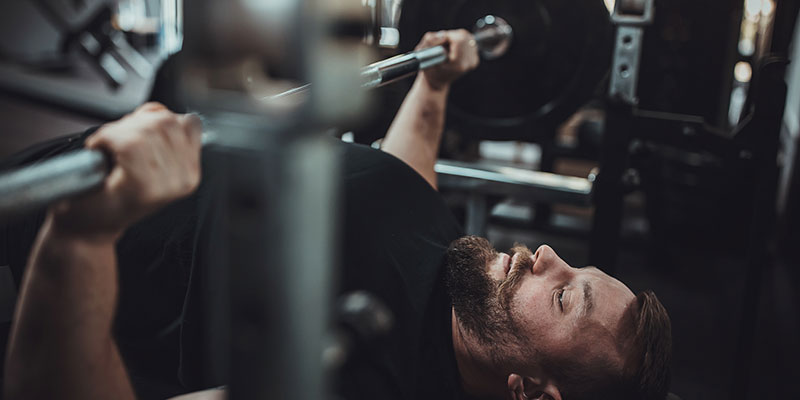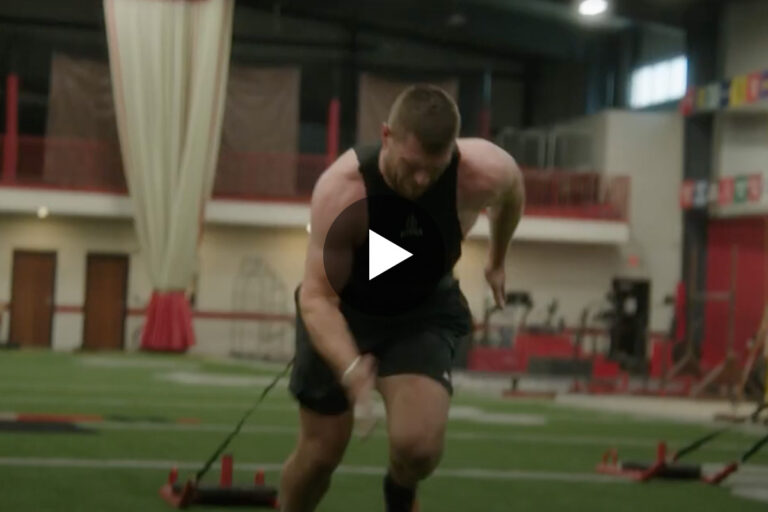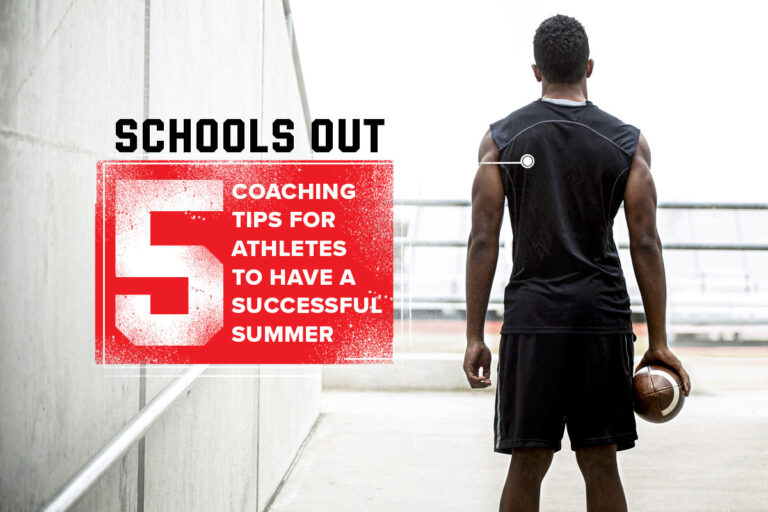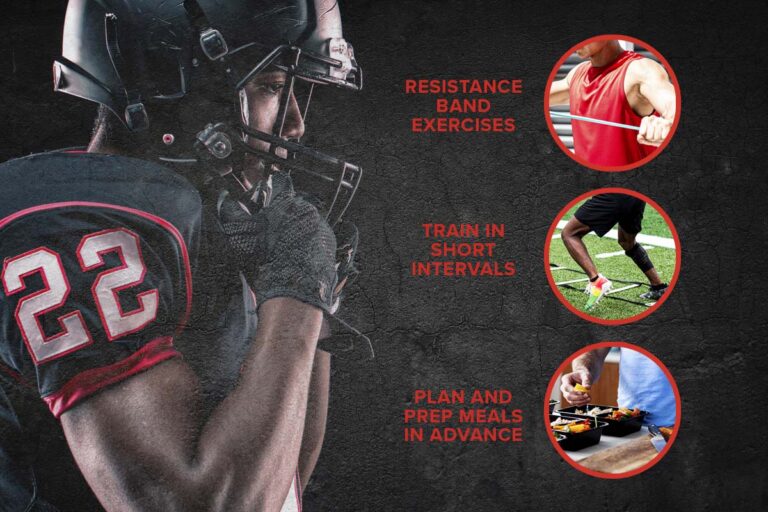The top college and professional football players today are bigger, faster, and stronger than ever. A study published in the Journal of Strength and Conditioning Research, which tracked the changes in height, body weight, and body composition in American football players from 1942 to 2011, found that the average lineman from 2011 outweighs his counterpart from 1942 by over 40 pounds. Today’s offensive linemen are also on average 24 percent heavier than those of 1979, plus an average of 31 percent stronger than those of 1991.
One of the reasons why pro football teams have been stocking their offensive lines with players who weigh over 300 pounds is because of the emphasis placed on the passing game and the need for protecting quarterbacks. However, when one position gets more powerful, the others need to adjust, as well, which has led to bigger and stronger defensive linemen. Then, as a result of defensive linemen becoming so massive, running backs have had to really step up their training programs and develop explosive speed and power in order to find holes and break through the line.
Therefore, if you want to make a difference in today’s game, regardless of your position, you need to increase your overall strength and be more powerful. After all, some of the increase in football size traces to improvements in nutrition and training through the years. So, here are six strength training exercises that you can do to become a more powerful football player.
For Lower Body Strength And Power
Before you lift any weights, it’s important to make sure that your body is warmed up and ready to go for the session. That’s why NFL star and Six Star Athlete T.J. Watt starts with box jumps before he heads over to the squat rack.
The Box Jump
Box jumps build power in your lower body and can help increase agility and quickness when making explosive cuts and movements. Box jumps can help linemen with their off-the-snap explosion in order to get to the quarterback, and they can help running backs make quick cuts to elude defenders.
To do box jumps, start by standing with the box about one step in front of you and your feet shoulder-width apart. Bend your knees slightly and do a squat, bringing your arms just out behind you. Then use your momentum from the squat to propel you upward as jump, exploding up to land on the box. Make sure to land softly on both feet with a slight bend in your knees. Then step back down. For explosiveness, try to do three to four sets of five reps. And when starting out, go with a box that’s on the shorter side. Then as you get more experienced, you can do box jumps onto a higher box. To do box jumps like T.J., watch this video.
The Zombie Squat
Now that your legs are warmed up, it’s time to do some squats. While barbell back squats usually get most of the attention, the front squat has the ability to enhance your posture and your crossover ability on the field. The Zombie Squat, also sometimes called a Frankenstein Squat, is a modified version of the front squat. They’re a good challenge for more experienced lifters and also offer a learning opportunity for athletes starting to do front squats for the first time. Since the bar will be resting on the front of your shoulders, you’ll be forced to focus on stabilization and balance while doing Zombie Squats.
To do a Zombie Squat, start by standing behind a barbell that is racked in a position that is straight out from your collarbone. As you come up to the bar, grab it with both hands about shoulder-width apart. The bar should sit comfortably on the front of your shoulder muscles. Once the bar is stable, extend your arms straight out from your shoulders. Make sure that your feet are about as wide as your hips and your toes are pointed forward. Then bend your knees and start to hinge forward at your waist while keeping your chest up. Go as low as you comfortably can go, while keeping your chest up, feet flat on the floor, and hips back. From there, push into the ground, lifting your body straight up to return to the starting position.
Power Cleans
By working your posterior chain (glutes, hamstrings, and lower back), power cleans will help with your explosiveness and jumping ability. That’s why power cleans are a great exercise for defensive players who need to jump up and bat down balls, as well as offensive players, like running backs, who need to jump up and over the defensive line in order to score a touchdown from time to time.
To do power cleans, start with your feet shoulder-length apart. Then bend down and grab the bar with an overhand grip. With your head up and your shoulders back, drive upwards and fire your glutes and legs to explosively lift the bar off the floor. When your legs are fully extended, bring your body under the bar, moving your elbows forward, so that the bar rests on your shoulders. Then return the bar to the floor and repeat the movement for your desired number of reps.
For Upper Body Strength and Power
Bench Press
Whether you’re a defensive player dishing out hits, or a receiver trying to push through defenders to get open, you need a strong upper body. One of the best exercises to improve your upper body strength is the bench press as it works your chest, arms, triceps, and shoulders.
Start by lying down under the rack. Then grab the bar with both of your hands, while using a strong grip. Make sure that your wrists are straight. Then take the bar off the rack and lower it down to your chest as you breathe in, keeping your forearms in a vertical position. Press back up with the bar as you breathe out, and lock your elbows straight at the top.
Incline Bench Lateral Raise
Developing shoulder strength should be a priority for all football players due to the nature of the sport and position specific demands, but it’s especially important for quarterbacks who need to throw the ball powerfully, effectively, and accurately.
To do an incline bench lateral raise, start by setting an incline bench to a 45-degree angle. Place your torso against the bench and hold light dumbbells at your sides. (Trust us, this exercise is tough.) Then tighten your core, glutes, and shoulder blades, and raise both arms out to the sides explosively. Then lower them back down. Repeat this sequence, and continue for your desired number of reps. You can also watch T.J.’s shoulder workout video to see how he does it.
Single-Arm Dumbbell Row
The single-arm dumbbell row is a unilateral exercise (training one side of your body at a time) that will help to even out muscular imbalances. In addition to creating symmetry for yourself, rows will also increase your back strength and size, while helping you burn more calories over time since you’re basically doubling your workload.
To do a single-arm dumbbell row, place your left leg on the bench and grab the far side with your left hand. Then bend over so that your upper body is parallel with the ground. Reach down and pick up the dumbbell in your right hand with your palm facing you, and then hold it with your arm extended, keeping your back straight. Bring the dumbbell up to your chest, and make sure that you’re lifting it with your back and shoulder muscles, rather than your arms. At the top of the movement, make sure to squeeze your shoulder and back muscles. Then lower the dumbbell slowly until your arm is fully extended once again. Continue for your desired number of reps, and then switch sides.













